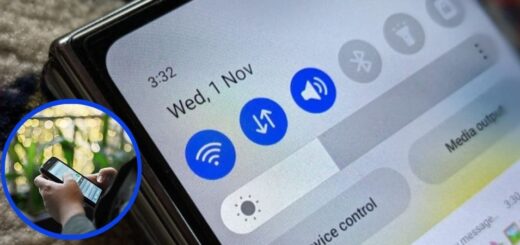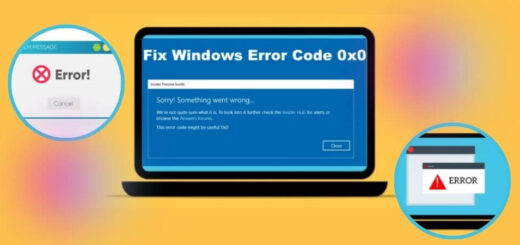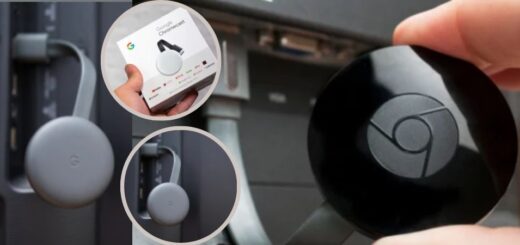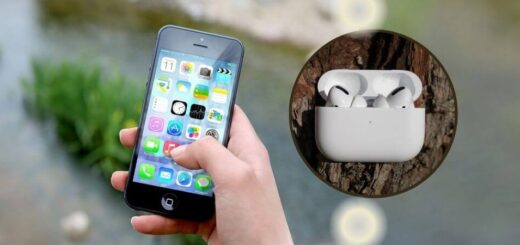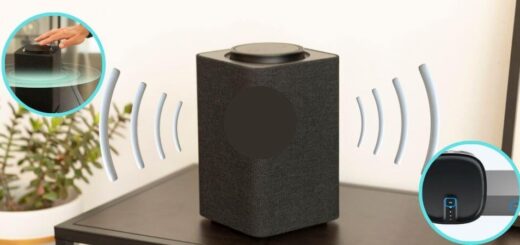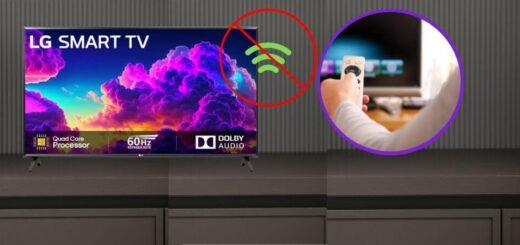Why My Computer Won’t Connect to WiFi: Causes and Detailed Solutions
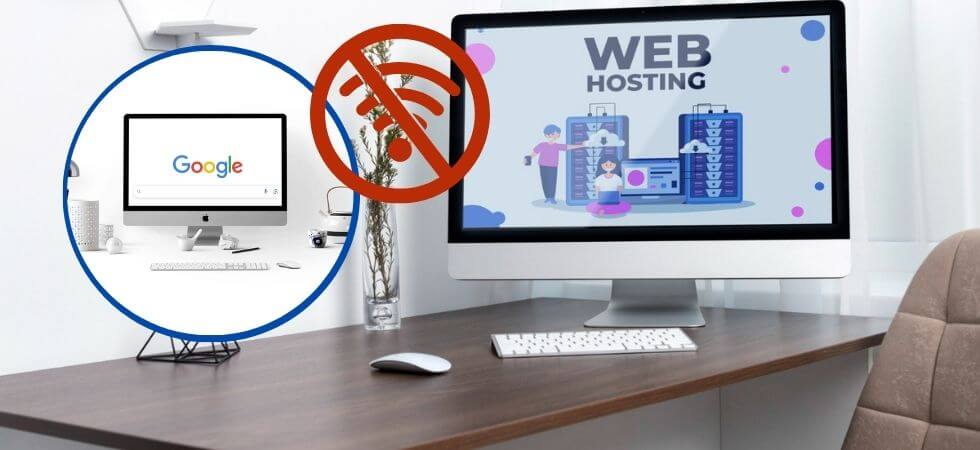
Nowadays, a stable internet connection is essential for work, entertainment, and communication. We depend so much on wifi networks that we can live minutes without using them. It becomes more frustrating when my computer won’t connect to wifi. It’s one of the most depressing technical issues, as internet connectivity is essential for work, streaming, gaming, and general browsing.
Sometimes your computer suddenly loses connection, won’t detect any networks, or refuses to connect despite entering the correct password, it shows that we need to check our internet connection.
We know poor internet connectivity can significantly affect productivity, it leads to missed deadlines and delays in completing important tasks. It disrupts video calls, causing miscommunication and confusion during meetings. When there are frequent disconnections, it can break the flow of work, making it difficult to concentrate and maintain efficiency. There are many reasons why my computer won’t connect to wifi. We must understand its causes so we can fix it quickly.
Common Reasons Of My Computer Won’t Connect to WiFi
It is always crucial to know the specific causes of why computers won’t connect to wifi. When we understand its causes, then it helps us to solve the problem quickly. Here users can check the main reason of their computer won’t connect to wifi.
1. WiFi is Turned Off
Sometimes, the simplest solution is the right one. Your computer’s WiFi might be disabled, either via a physical switch or software settings.
2. Incorrect Network Settings
When your computer has misconfigured network settings. It prevents your computer from connecting to WiFi. This happens because of incorrect IP addresses, DNS settings, or other network configurations.
3. Airplane Mode is Enabled
Sometimes airplane mode is enabled so your computer won’t connect to wifi.
4. Router Issues
When multiple devices have trouble connecting, the problem is with your router and not the device.
5. Incorrect WiFi Password
When we use the wrong password it prevents us from connecting to the network. It is imperative to ensure you enter the correct WiFi password is critical for establishing a successful connection. An incorrect password will block access to the network, preventing you from browsing the internet or accessing online resources. Sometimes users repeatedly entering the wrong password can lead to temporary lockouts, further delaying your ability to connect.
6. Network Adapter Issues
Your computer’s network adapter might be disabled or experiencing driver issues.
7. IP Configuration Issues
Your computer might have an incorrect IP configuration, causing connection failures.
8. Outdated Network Drivers
Sometimes users using old or corrupted drivers can prevent your computer from connecting to WiFi.
9. Firewall or Antivirus Blocking Connection
There is also the chance that security software mistakenly blocks your WiFi connection.
10. Network Settings Corruption
Corrupted network settings can lead to connection failures. It is critical to check our network settings to fix the computer won’t connect to wifi.
11. DNS Server Issues
When your DNS settings are incorrect, your computer always struggles to connect to the internet.
12. Too Many Devices Connected to WiFi
Some routers have a limit on the number of devices that can connect at once.
13. Hardware Issues
Sometimes your computer’s WiFi card is damaged, and software solutions won’t help. It is necessary to check the hardware issue so you can start fixing it immediately.
Methods to Fix My Computer Won’t Connect to WiFi
It is always critical to fix the computer won’t connect to wifi quickly. Here users can check the ways to solve the issue quickly and enjoy the wifi on their computer for browsing or entertainment.
1. Turn On WiFi
Here you can check the steps to turn on wifi on a laptop and windows computer and Mac.
For Laptops: First, you can look for a physical switch or function key (often labeled with a WiFi icon) and ensure it’s turned on. Some laptops come with a dedicated WiFi toggle key (e.g., Fn + F2) that need to be pressed to activate WiFi.
For Windows: Press Windows + A to open the Action Center and ensure WiFi is enabled. If the WiFi option does not appear, go to Settings > Network & Internet > WiFi and toggle it on.
For Mac: Click on the WiFi icon in the top menu bar and ensure it is turned on. Sometimes the WiFi icon is missing, navigate to System Preferences > Network > WiFi and enable the service.
2. Disable Airplane Mode
For Windows: Go to Settings > Network & Internet > Airplane Mode and turn it off. You can also check this quickly by pressing Windows + A and ensuring the Airplane Mode toggle is off.
For Mac: Click on the Control Center and ensure Airplane Mode is disabled. When Airplane Mode is enabled, disable it and reconnect to WiFi.
3. Restart Your Router
- It is crucial to unplug your router for a few seconds. Now plug it back in. This helps clear any temporary network glitches.
- Ensure the router is broadcasting WiFi by checking its status lights. A flashing or red light may indicate an issue with your Internet Service Provider (ISP).
- Move closer to the router to see if distance is the issue. Sometimes signal is weak in certain areas, so there is a need to consider using a WiFi extender.
- Check if the router firmware needs updating (check the manufacturer’s website for instructions). Updating firmware can fix bugs and improve performance.
- Try connecting other devices to the same network to determine if the issue is with your computer or the router itself.
4. Verify WiFi Password
- Double-check the password you’re entering. Some passwords are case-sensitive, so ensure accuracy.
- If you forgot the password, log in to your router settings and retrieve it. Typically, you can access your router by typing 192.168.1.1 or 192.168.0.1 into your web browser.
- Forget the network and reconnect:
- For Windows: Go to Settings > Network & Internet > WiFi > Manage Known Networks > Select Network > Forget.
- For Mac: Go to System Preferences > Network > WiFi > Advanced > Remove Network and reconnect.
- Sometimes the password was recently changed, ensure all devices are updated with the new credentials.
5. Enable and Update Network Adapter
Enable Adapter:
- For Windows: Open Device Manager > Network Adapters > Right-click your adapter > Enable.
Update Drivers:
For Windows:
- Open Device Manager > Network Adapters > Right-click adapter > Update Driver. Choose Search automatically for drivers.
For Mac:
- Ensure your system is up to date (System Preferences > Software Update). Apple includes network adapter updates in macOS updates.
Reinstall Network Adapter:
- For Windows: Open Device Manager > Network Adapters > Right-click > Uninstall Device, then restart your PC. This will prompt Windows to reinstall the necessary drivers.
- When the built-in adapter still does not work, consider using an external USB WiFi adapter.
6. Reset IP Configuration
- Here you can first open Command Prompt (Windows + R, type cmd, press Enter).
- Now you can enter the following commands and press Enter after each one:
- ipconfig /release
- ipconfig /renew
- ipconfig /flushdns
- Restart your computer and try reconnecting.
- If the issue persists, try resetting the TCP/IP stack with:
- netsh int ip reset
- Restart your computer again.
7. Update Network Drivers
- Update network drivers using Device Manager.
- Visit the manufacturer’s website for the latest drivers, especially if you have a custom-built PC.
- Use Windows Update (Settings > Update & Security > Windows Update) to check for network-related updates.
8. Disable Firewall or Antivirus Temporarily
- Temporarily disable the firewall or antivirus and see if the issue resolves. Some security software can interfere with network connections.
- Add your WiFi network as a trusted network in your security software settings.
- When disabling the firewall fixes the issue, adjust firewall settings to allow WiFi connections instead of keeping it off permanently.
9. Reset Network Settings
- For Windows: Here you can check Settings > Network & Internet > Status > Network Reset. It removes and reinstalls network adapters. Restart your computer after resetting.
- For Mac: Go to System Preferences > Network > Select WiFi > Click the – button to remove it, then re-add it. Restart your Mac before reconnecting.
10. Change DNS Settings
Change DNS to Google’s Public DNS:
For Windows:
- Now you can open the Control Panel > Network and Sharing Center > Change adapter settings.
- Right-click WiFi adapter > Properties.
- Select Internet Protocol Version 4 (TCP/IPv4) > Properties.
- Here you need to select and use the following DNS server addresses and enter:
- Preferred: 8.8.8.8
- Alternate: 8.8.4.4
- Click OK and restart your computer.
For Mac:
- Open System Preferences > Network > Select WiFi > Advanced.
- After this, you can check the DNS tab and add 8.8.8.8 and 8.8.4.4.
- Restart your Mac.
11. Disconnect Unused Devices
- When your router has a limit on the number of connected devices, disconnect unused devices to free up bandwidth.
Reboot the router to clear all connections. - Check your router settings for bandwidth-hogging applications or unauthorized users.
12. Check for Hardware Issues
- When none of the above steps work to fix the computer won’t connect to wifi , your network card may be faulty.
- You can try using an external USB WiFi adapter to see if the issue is with the internal WiFi module.
- When your laptop is under warranty, contact the manufacturer for repair or replacement.
- Desktop users can try reseating or replacing the WiFi card if applicable.
- Following these steps can help resolve why computer won’t connect to wifi issues on your computer. When the issue persists, consider contacting your ISP or IT support.
Final Thoughts
We understand that dealing with a computer won’t connect to WiFi is frustrating. The above troubleshooting steps should help you resolve the issue quickly. By systematically testing different solutions, you can get back online and stay connected. When the problem persists, professional help is necessary to diagnose and repair hardware-related issues.
Read Also: Laptop Won’t Connect to WiFi


